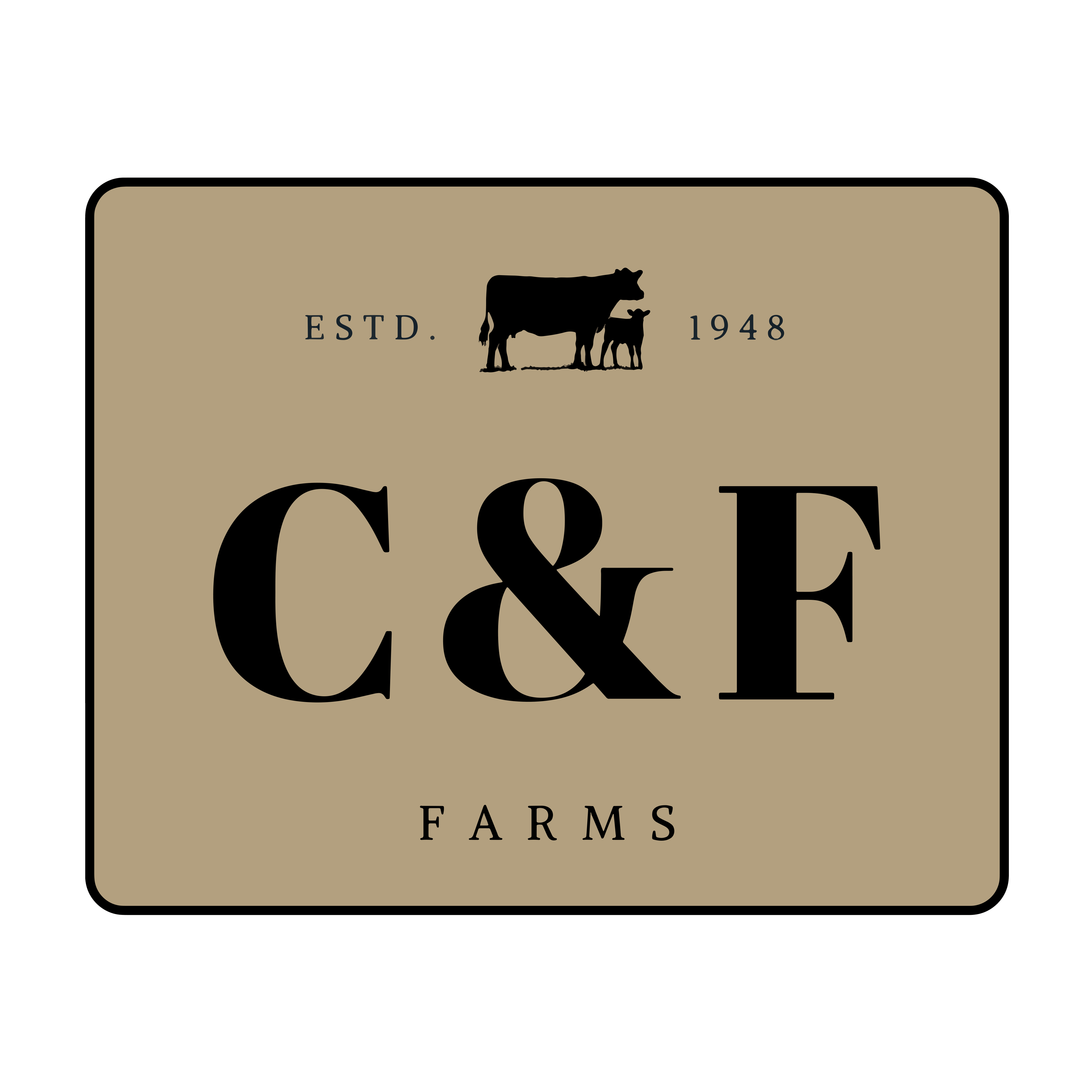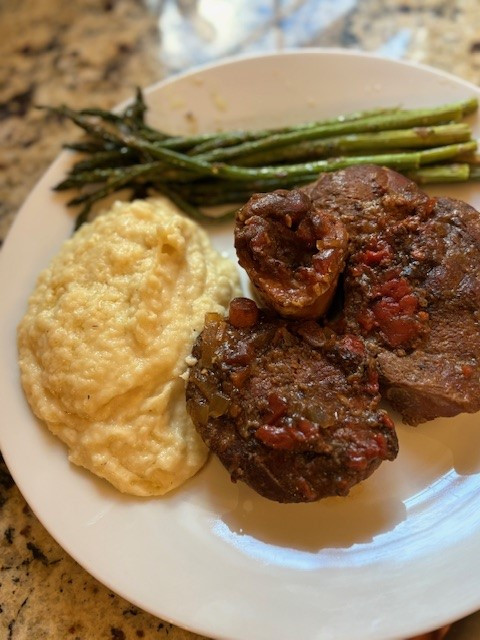Chickens, chickens and more chickens!
posted on
March 16, 2022
I had to share some pictures of our new round of pullets. This is what we like to call their "we're so ugly, we're cute" stage of development. They have most of their feathers, but they're still scraggly in places and just look kind of awkward! All that being said, we are going to have some real lookers in this group. We chose them for temperament and egg color, but we got the added benefit of a beautiful flock!
When it comes to blue and green egg layers, many of these breeds are hybrids. Because it's two different breeds mated together, the offspring will not all look the same. So most of the chickens pictured are Easter Eggers, Olive Eggers or Green Queens, but they have a wide array of feather patterns. See if you can spot the Barred Rock, Buff Orpington and Golden Laced Wyandotte photo bombing in the first photo!
This is our goth-loving rocker chick sporting her new mohawk!
A friend said she looks like she was built from multiple different chickens with all of her varied coloring. I'm still over here trying to get over those cheeks!
We call her Cookie, cause she reminds me of cookies and cream icecream!
We lovingly refer to her as hawk (can you see the resemblance?)



